vampire trilogy
Ekimmu, Neuntoter, Asema, Soucouyant – A Rose by Any Other Name for Vampires
Throughout literature and mythology, the vampire is a theme that has constantly been returned too. It is one of the reasons that there are believers that vampires do, or at least, at one time, did, exist.
Throughout recorded history, the vampire has been an enduring monster that has haunted the dark places of humanity. Always there, ready to prey on the innocent, the vampire is known in most modern cultures. Although the term vampire was first used in 1745, possibly derived from the German Vampir or the French Vampyre, the concept of the undead goes back much further. Today, follow along as we look at some of the many different names the vampire has been called.
The Ekimmu
Meaning ‘snatched away’ in Mesopotamia, the Ekimmu were a dreaded and feared entity that was an angry, bitter spirit banished to roam the earth. Unlike the vampire, the Ekimmu don’t drink blood, but they fed off the life force of humans. These ‘evil wind gusts’ as they were sometimes known, could make the living do criminal things or if one showed up on a doorstep, it was rumored the inhabitants of that household would die. Legends persist about the Ekimmu today but mainly in rundown urban areas.
The Neuntoter
A nasty creature from Germany, the Neuntoter, the killer of nine, derives its name from the legend that it takes nine days to turn into one of these foul beasts. A spreader of death by deadly disease, these monsters aren’t like the slick and sexy vampires of Hollywood as they are coated in open wounds and seeping sores. A monster that haunts the dreams of all who know of it.
The Asema
Appearing at night as a ball of blue light, or a ‘corpse candle,’ this vampiric witch is an insidious blood-drinker. From the Republic of Suriname, the Asema will appear as an old man or woman during the day, only to remove their skin at night, and in the form of the blue light ball, return again and again to the same person to drink their blood until the person dies. Unable to survive the sunlight, one way to destroy an Asema is to find its skin and cover it with salt. The being will have no protection against the sun and when day breaks, it will die. The Asema can fly and they are particular about whose blood they drink, only consuming sweet blood.
The Soucouyant
Like the Asema, the Soucouyant looks like an innocent old woman before shedding its skin and emerging as a fireball. Able to sneak into houses through the smallest of openings, this Caribbean vampire likes to suck blood. Not always killing their victims, if the Coucouyant consumes too much of your blood, you will become like them.
Throughout literature and mythology, the vampire is a theme that has constantly been returned too. It is one of the reasons that there are believers that vampires do, or at least, at one time, did, exist. How else could so many cultures and peoples know about the same basic monster? If you want to read my take on the modern vampire myth, head over to my website, www.leifericksonwriting.com and buy my book, The Darkness of Truth, today. Thank you.
Pinches, Theophilus G. (June 1, 2004). The Religion Of Babylonia And Assyria. Kessinger Publishing. p. 56. ISBN 9781419180279.
American Folklore Society, Journal of American
Folklore, vol. 5859, 242; Brautigam, Asema, 16 17; Bryant, Handbook of Death, 99; Gallop, Portugal, 216
- Simpson; E. Weiner, eds. (1989). “Vampire”. Oxford English Dictionary (2nd ed.). Oxford: Clarendon Press. ISBN 978-0-19-861186-8.
Vermeir, K. (2012). Vampires as Creatures of the Imagination: Theories of Body, Soul, and Imagination in Early Modern Vampire Tracts (1659–1755). In Y. Haskell (Ed.), Diseases of the Imagination and Imaginary Disease in the Early Modern Period. Turnhout: Brepols Publishers.
About Leif J. Erickson
Leif J. Erickson is a science fiction and fantasy author from a small farming community in west central Minnesota. Using his time wisely when he was a farmer, Leif developed many ideas, characters, and storylines to create over fifty unique first drafts and outlines for stories. From his start in a small town school, to college at North Dakota State University, back to his family farm, then to the bright lights of Minneapolis, Minnesota, and back to his small farming town, Leif has always had a love of writing.
When Leif isn’t writing he can be found with his wife hiking in state parks, canoeing local lakes and rivers, exploring local and regional ghost towns, experiencing museums, or simply reading or hanging out with friends and family. Leif draws on the local nature and ecology to find inspiration for his writing while he also asks what’s possible for technology and the human race, weaving them together for amazing stories that will stay with the reader for years to come. Leif looks forward to having many novel and story releases in the years to come.
You can see all of Leif’s Books here: Leif’s Amazon Author Page

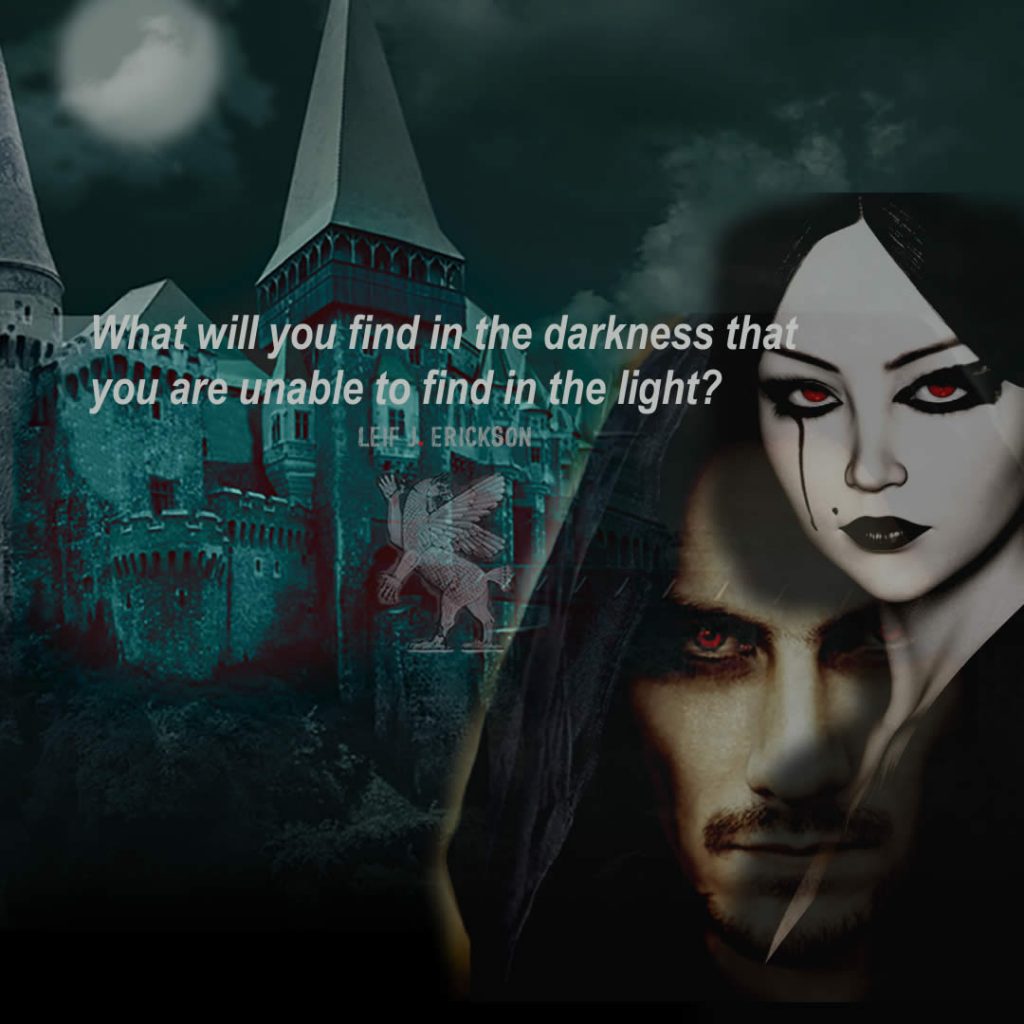


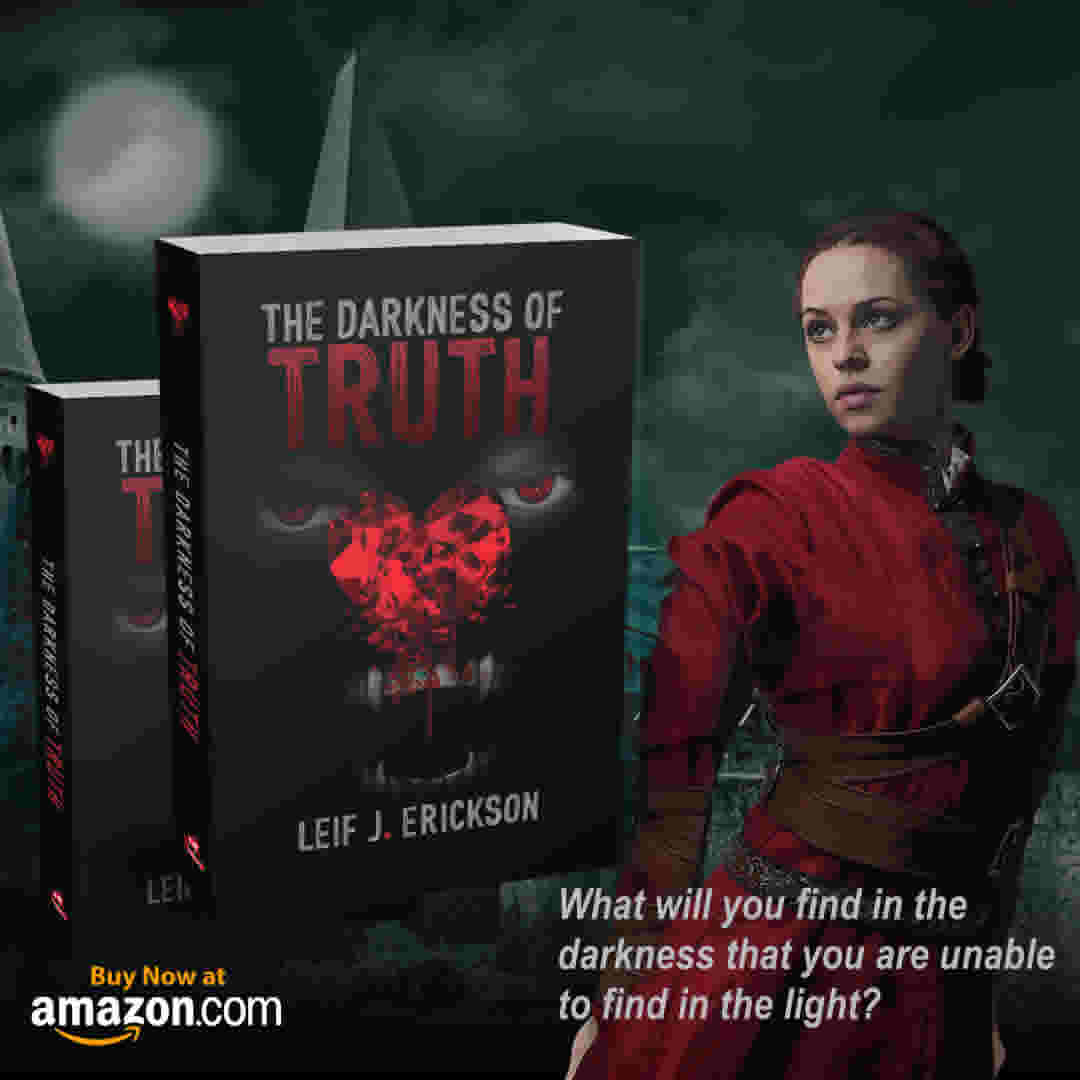

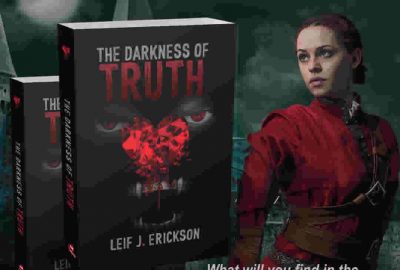
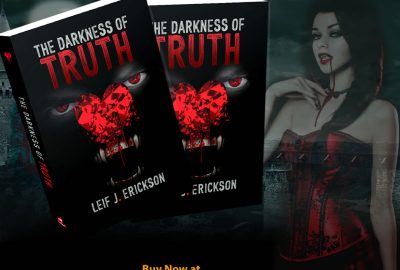

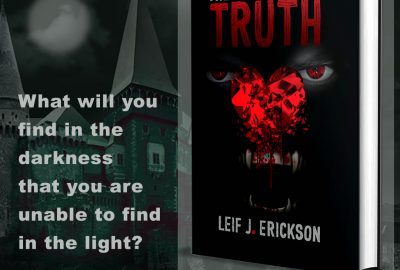
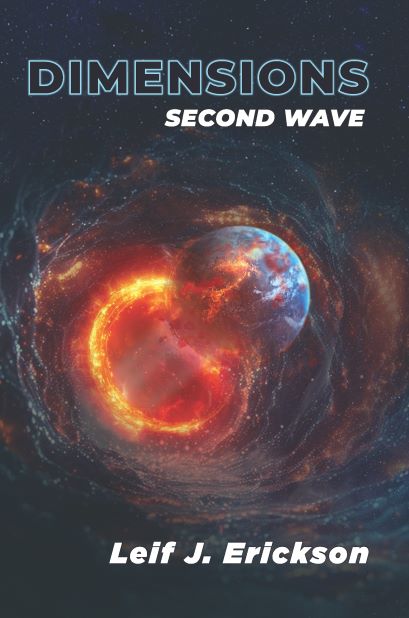
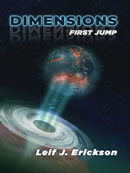
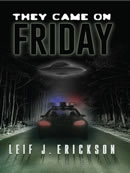

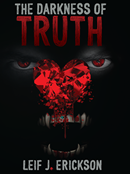
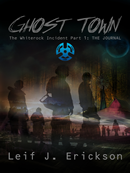
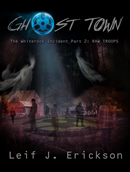

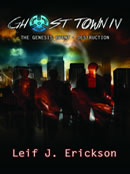

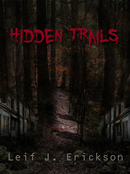






Leave a reply
You must be logged in to post a comment.